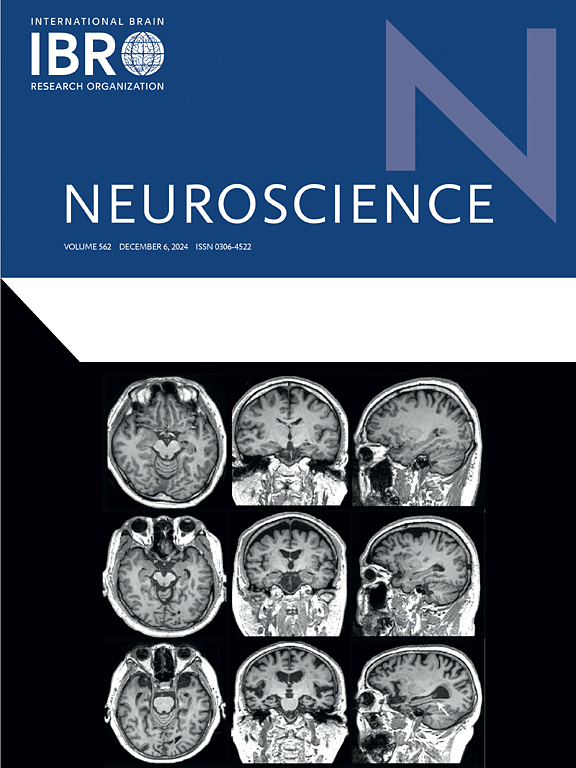基于数字游戏的干预对具有数学发展变异性的年轻学习者的神经研究。
IF 2.8
3区 医学
Q2 NEUROSCIENCES
引用次数: 0
摘要
发展性计算障碍(DD)是一种重要的数学学习障碍,其神经机制和有效干预措施的研究尚不充分。很少有研究检查幼儿数学干预后的神经变化。本研究在基于数字游戏的干预下,对32名有计算困难风险(DR)和无计算困难风险(NDR)的儿童进行了这些变化调查,重点关注大脑激活和使用图论指标的网络变化。将NDR患儿随机分为干预组和对照组。结果显示,干预后,DR组和NDR组在符号算术任务中,额下回(IFG)和顶叶内沟(IPS)的激活增加。相反,在非符号任务中,两组都显示IFG激活减少。值得注意的是,只有NDR干预组的IPS激活在象征性任务中显著增加,而在控制总阅读时,这一发现消失了,这表明初始阅读能力对干预结果的潜在影响。脑网络分析显示,NDR干预组的整合能力有所提高,表现为更高的聚类系数和局部效率。然而,DR组显示局部效率降低,可能反映了网络状态的变化,或干预剂量不足。本文章由计算机程序翻译,如有差异,请以英文原文为准。
Neural investigations of a digital-game based intervention for young Learners with mathematical developmental variability
Developmental dyscalculia (DD), a significant mathematics learning difficulty, remains under-researched in terms of its neural mechanisms and effective interventions. Few studies have examined neural changes after math interventions in young children. This study investigated these changes in thirty-two dyscalculia-at-risk (DR) and non-dyscalculia-at-risk (NDR) children following a digital game-based intervention, focusing on brain activation and network changes using graph theory metrics. NDR children were randomized into intervention and control groups. Results indicated increased activation in the inferior frontal gyrus (IFG) and intraparietal sulcus (IPS) during symbolic arithmetic tasks for both DR and NDR groups post-intervention. Conversely, both groups showed decreased IFG activation during nonsymbolic tasks. Notably, IPS activation significantly increased only for the NDR intervention group in symbolic tasks, a finding that disappeared when controlling for Total Reading, suggesting the potential influence of initial reading ability on intervention outcomes. Brain network analysis showed improved integration for the NDR intervention group, demonstrated by higher clustering coefficient and local efficiency. The DR group, however, displayed reduced local efficiency, potentially reflecting shifts in network states, or insufficient intervention dosage.
求助全文
通过发布文献求助,成功后即可免费获取论文全文。
去求助
来源期刊

Neuroscience
医学-神经科学
CiteScore
6.20
自引率
0.00%
发文量
394
审稿时长
52 days
期刊介绍:
Neuroscience publishes papers describing the results of original research on any aspect of the scientific study of the nervous system. Any paper, however short, will be considered for publication provided that it reports significant, new and carefully confirmed findings with full experimental details.
 求助内容:
求助内容: 应助结果提醒方式:
应助结果提醒方式:


